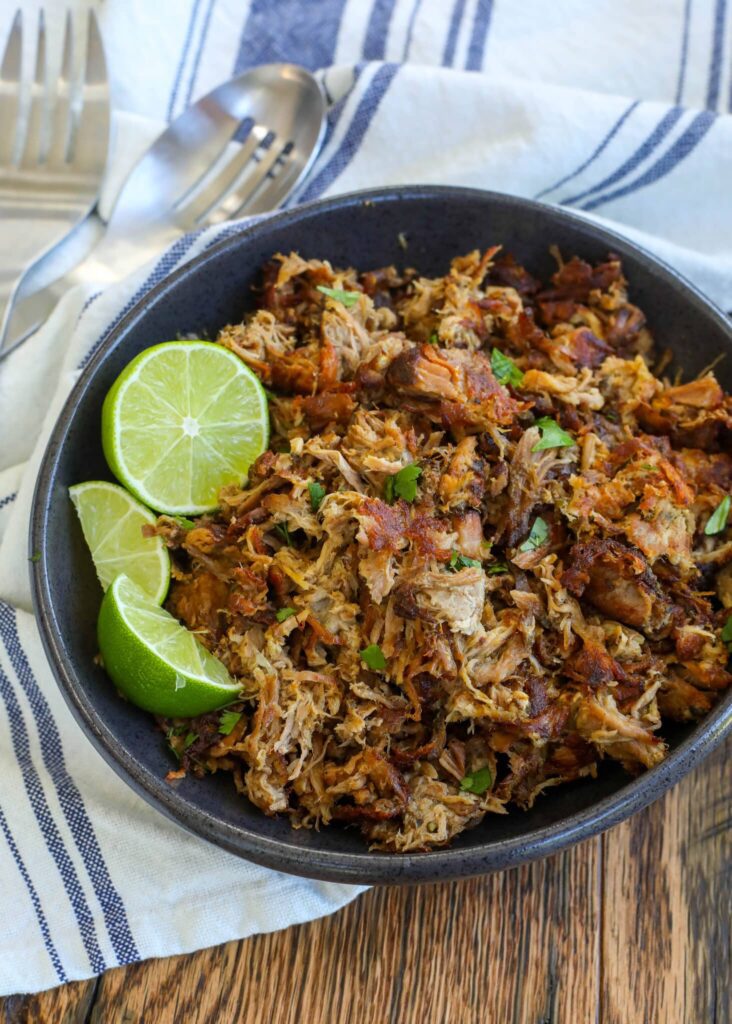Braising is a cooking technique that involves simmering meat or vegetables in a flavorful liquid over low heat for a long time. Benefits of braising include tender meats, rich flavors, economy, and versatility. Tougher cuts of meat such as beef chuck, pork shoulder, or lamb shank are the best options for braising. Before braising, it is recommended to sear the meat first with salt and pepper to enhance its flavor. Cooking at a low temperature of around 300°F (150°C), adding vegetables, and skimming fat are some of the other tips for beginners.
Slow and steady wins the race – this old adage is true in a lot of things, including cooking. One of the best ways to bring out the best flavors in meat and vegetables is through braising. By simmering food in a flavorful liquid over low heat for a long period of time, the result is tender, juicy, and rich in flavor. Braising is a cooking technique that has been used for centuries, and it’s definitely not going out of style anytime soon. In this article, we’ll explore the many benefits of braising, as well as some tips and tricks for beginners to get started.
The Benefits of Braising
1. Tender meats – Braising is a great way to cook tougher cuts of meat, like beef chuck or pork shoulder. The long cooking time breaks down the connective tissue in the meat, resulting in a tender and juicy texture.
2. Rich flavors – Braising helps to infuse the meat with flavor from the cooking liquid, as well as any herbs and spices added to the pot. This method is especially helpful for meat that is less flavorful on its own.
3. Economical – Braising is an economical way to cook meat as it makes use of cheaper cuts that would otherwise be tough and unappetizing if cooked through other methods.
4. Versatility – Braising can be used to cook a variety of meats, as well as vegetables. It’s a great way to use up any leftover vegetables or herbs in the fridge.
Tips and Tricks for Beginners
1. Choose the right cut of meat – The best cuts for braising are tougher cuts that have a lot of connective tissue. These include beef chuck, pork shoulder, and lamb shank.
2. Season well – Before searing your meat, make sure to season it well with salt and pepper. This will help to enhance the flavor of the meat.
3. Sear the meat first – Searing the meat before braising will help to give it some color and develop a caramelized crust on the outside. This adds flavor and texture to the finished dish.
4. Use a flavorful liquid – The liquid used for braising should be rich and flavorful. Beef, chicken, or vegetable broth are all good options, as well as wine or beer.
5. Cook at a low temperature – Braising requires a low, slow cooking temperature to break down the connective tissue in the meat. Aim for a temperature of around 300°F (150°C).
6. Skim the fat – As the meat cooks, it will release fat and impurities into the cooking liquid. Skim these impurities off the top of the liquid to keep the finished dish flavorsome.
7. Add vegetables and herbs – Adding vegetables and herbs in the braising liquid, like onions, carrots, and thyme, will complement most dishes.
Conclusion
Braising is a great way to cook meat and vegetables to create rich, flavorful dishes. The low and slow cooking technique breaks down tough cuts of meat and infuses them with flavor from the cooking liquid, resulting in a tender and succulent texture. It’s economical, versatile, and easy to make, making it the perfect technique for beginner cooks. By following these tips and tricks, you’ll be able to create delicious braised dishes that will become family favorites in no time!
